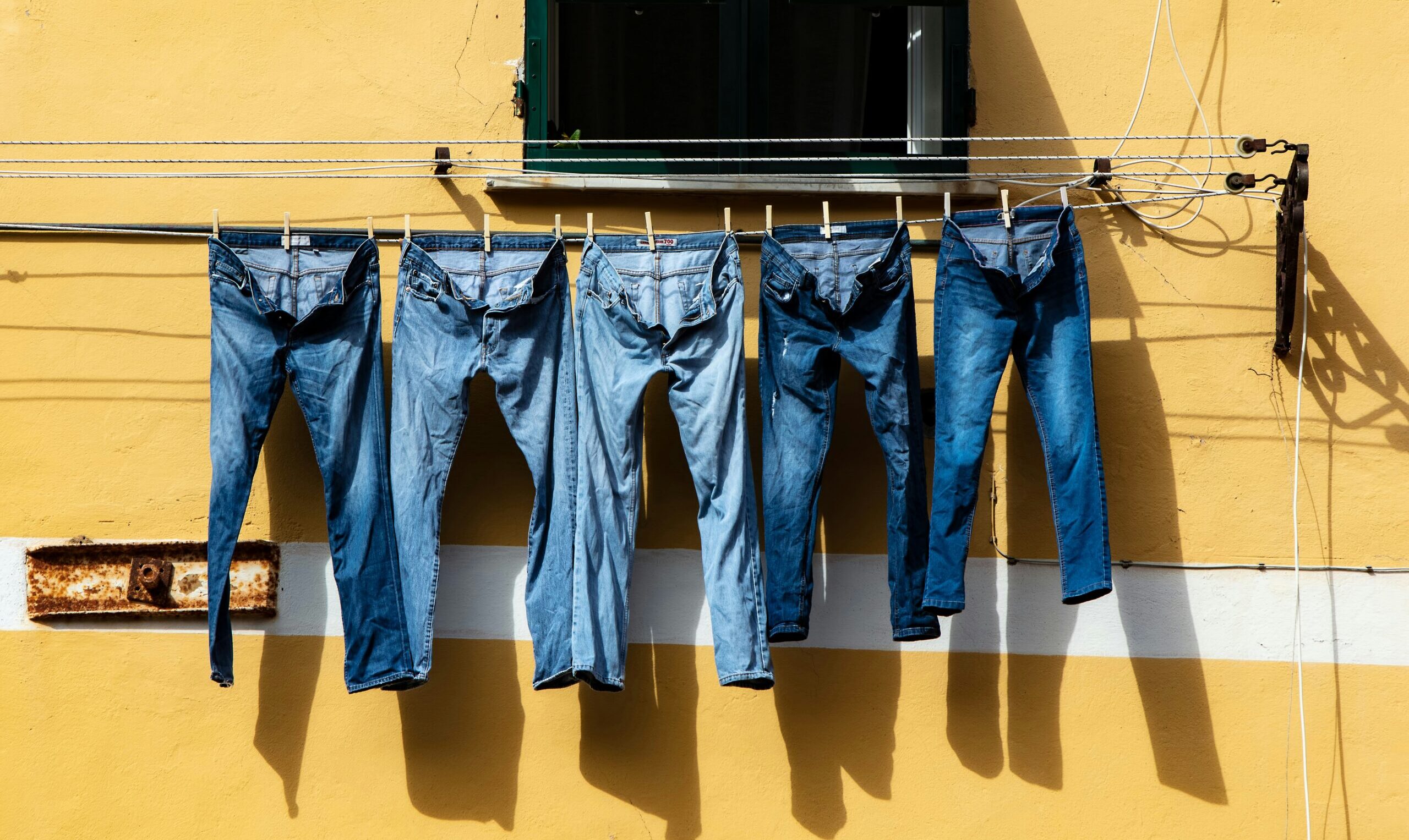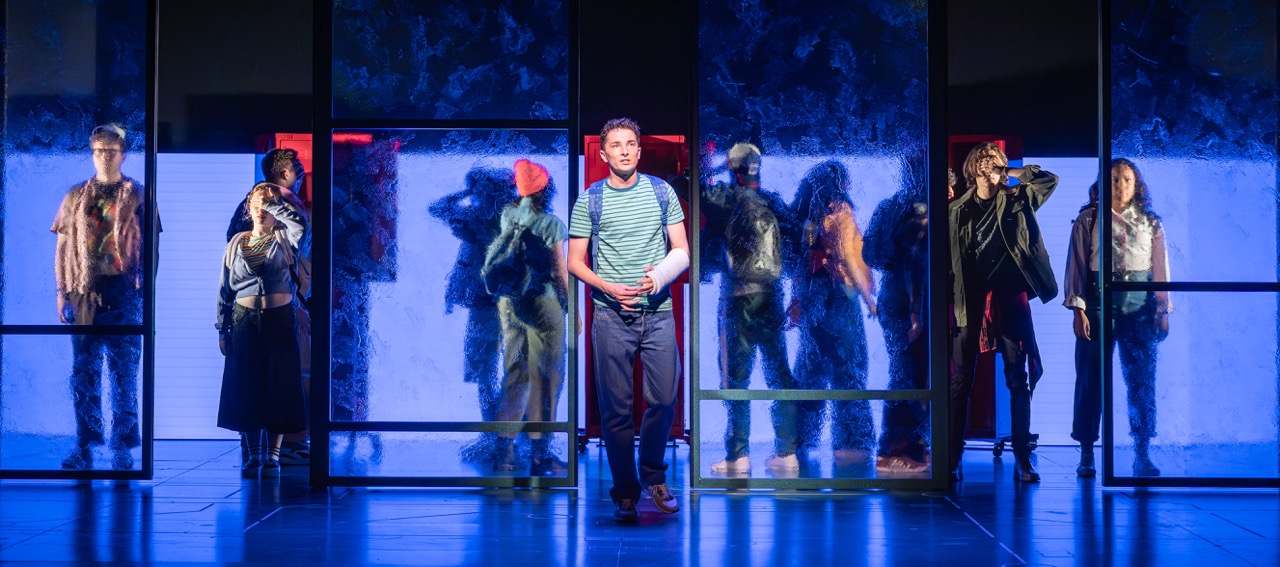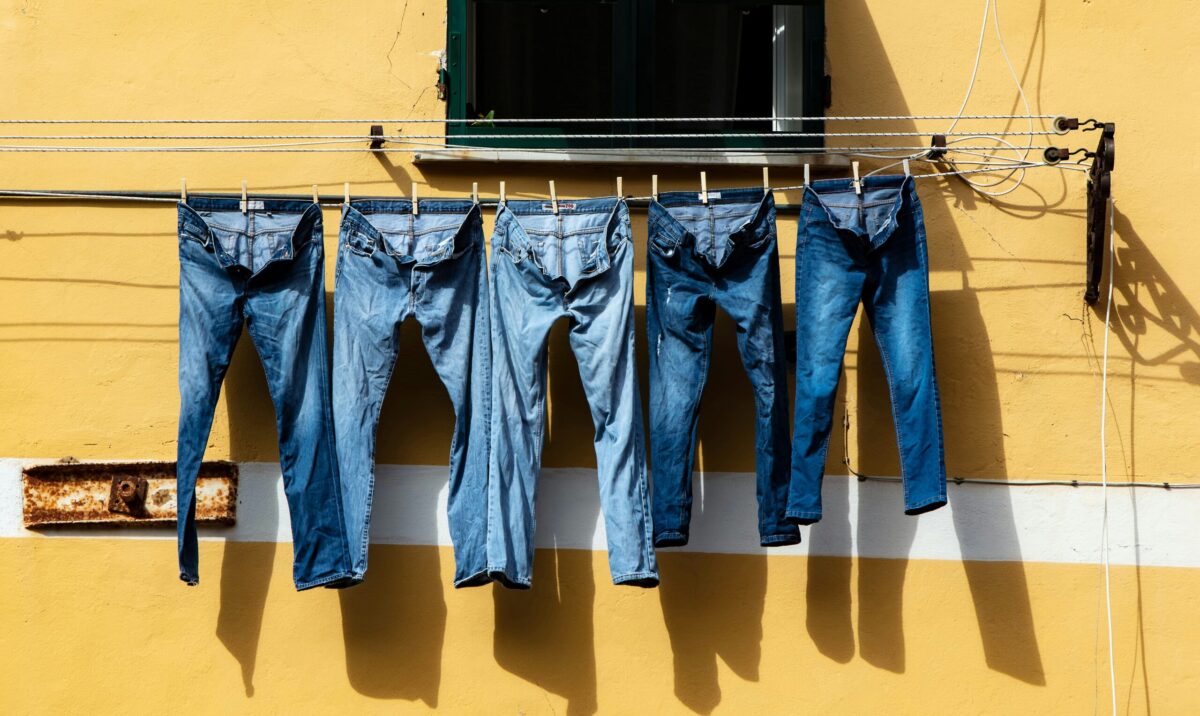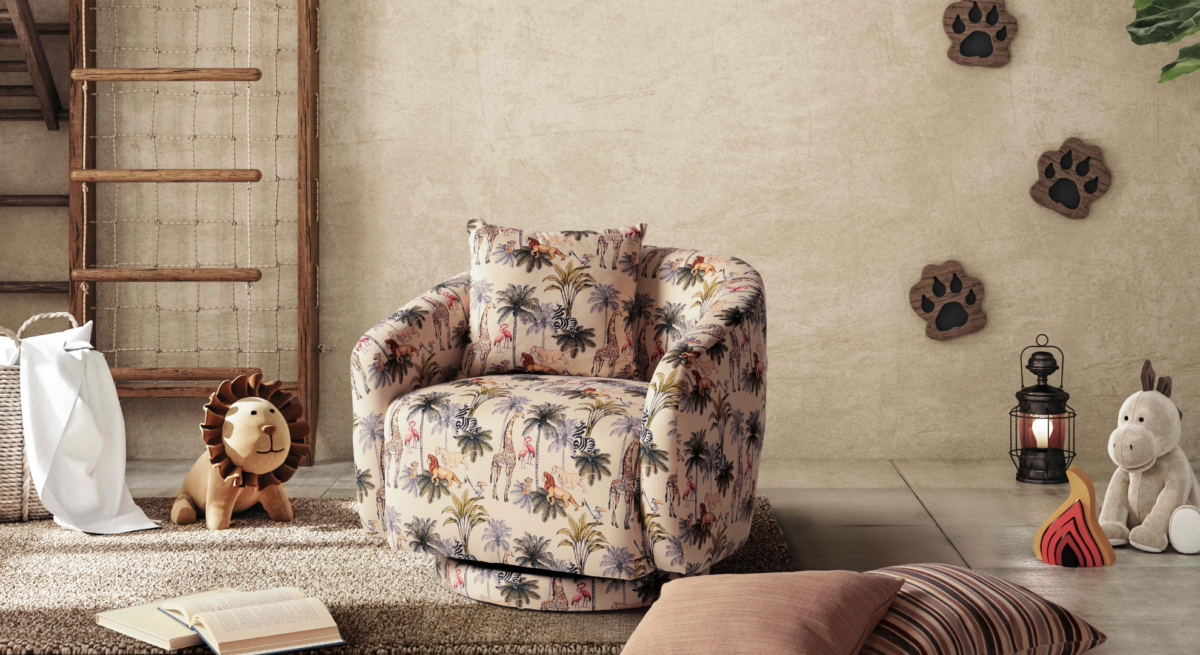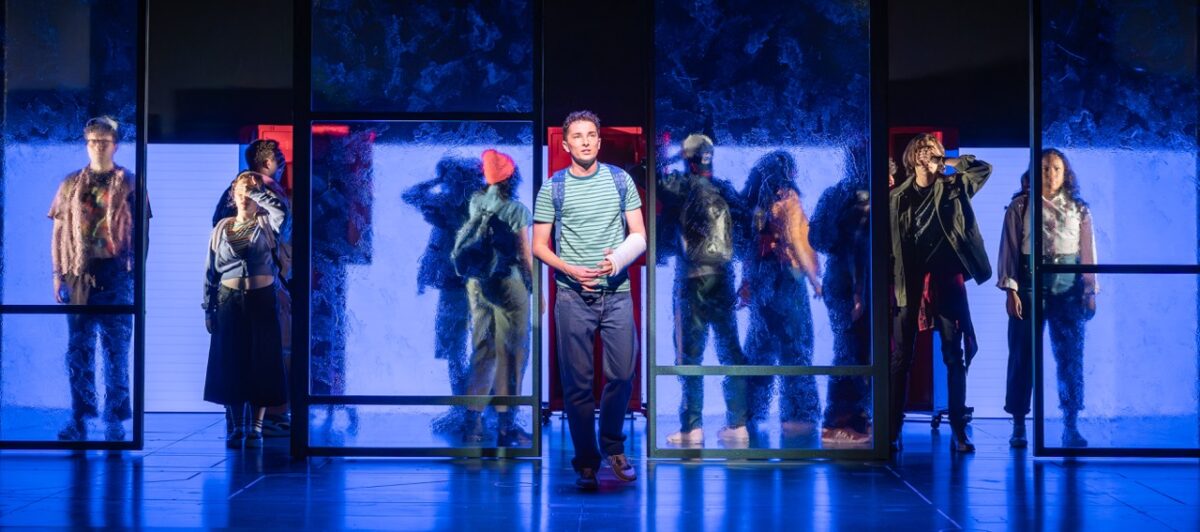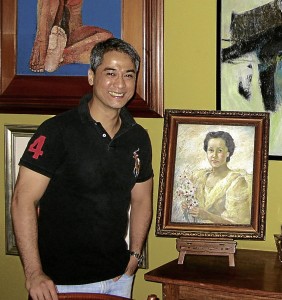
Makati Rep. Abby Binay-Campos, Vice President Jejomar Binay’s daughter, and spouse Luis Campos met at the Ateneo Law School in 1998. They started dating two years later.
Abby’s first art purchase was made in 2001 while out on a date with Luis in Malate. There was a gallery beside the restaurant where they dined, and the painting was chosen as a gift for her mother, Dr. Elenita Binay, who was Makati mayor at the time.
Both somehow attribute their interest in art to their mothers. She grew up surrounded by her mom’s mostly floral pieces, and he watched his mom, Nina Nakpil Campos, paint as a hobby. When he was in 6th grade, he won a silver medal in an art contest, and later a gold as a representative of De La Salle-Zobel in an interschool art tilt at the Manila Zoo.
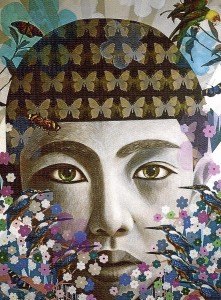
Luis, in fact, is a scion of the Nakpil clan that once owned Juan Luna’s “Parisian Life.” His great-grand-aunt Petrona, who was married to Dr. Ariston Bautista, was herself a painter and probably a fine jewelry designer, having had a hand in the precious baubles favored by the society set from her Plateria Nakpil at the couples’ famous house in Quiapo.
In “Parisian Life,” Bautista is one of the three men. The other two are the artist himself and national hero Dr. José Rizal.
Petrona’s brothers Julio and Ramon were later invited to live in the Quiapo house. Ramon’s son Angel is Luis’ maternal grandfather, the architect who designed the National Press Club edifice.
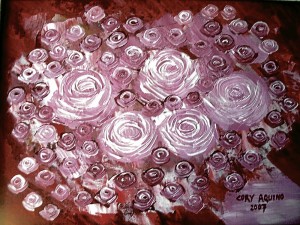
Luis and Abby have been buying art since that fateful date in Malate over a decade ago. Among their early purchases were works by Miguel Galvez, Renato Habulan, Tam Austria, Romulo Galicano, National Artist H.R. Ocampo.
They bought a Saprid “Tikbalang” in 2005 and thereafter met people who would offer or refer artworks that steadily built up their collection. It was not so much that they actively hunted for additions but that “irresistible great deals” always came their way.
Deciding what to buy
How do they choose what to buy?
“Whatever moves me,” is Luis’ prompt reply.
Abby concurs by saying that the first thing they consider is whether or not they like it. Second consideration is price.
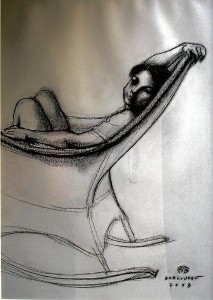
“The artist’s name is a bonus, it’s the last thing we ask… Of course, it’s also a bonus if the value appreciates,” she explains.
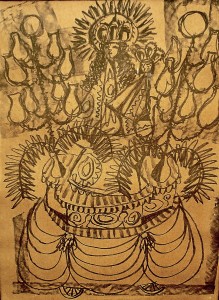
There are works that she would find on her own, but in the end they both make the decision. The roles they take regarding purchases are complementary: She does some research on what is offered or what catches their fancy, and he haggles when it comes to crunch time.
“It boils down to what you’re willing to spend for something you will enjoy,” they say.
Evidently, they enjoy art so much that it permeates their plans, even milestones of their partnership. Maybe also because of what they jokingly think of as a strange psychic link.
One yearend, they told each other that one’s New Year’s resolution was to visit the National Museum and the other said it was to see “Spoliarium” up close. Fulfill that they did and eventually they had their pre-wedding photo shoot at the museum.
Abby is also convinced she was probably the first bride-to-be who had as part of her gift registry selected galleries. Tokens for their principal sponsors were made by sculptor Juan Sajid Imao.
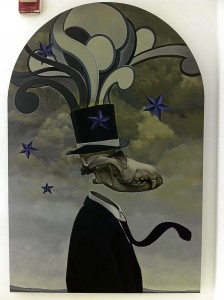
The late President Cory Aquino, who was among the principal sponsors, gifted the couple with her own painting, which delighted Abby no end.
Certainly, they see art as a precious gift. With the wide range they have, they believe “because of exposure, your eye becomes more discerning… and it’s nice to see how the artist transforms.”
Viable collection
Luis declares that a viable collection is one that is both sustainable and progressive, one that changes as the collector sees fit. Naturally an upgrade is always a good guide.
Being a lawmaker, Abby wants to improve cultural policy-making. She recalls that one of her early buys, a Habulan charcoal, she bought at a Museo ng Makati exhibit upon the urging of her Tita Leng Cervantes, Makati cultural officer. It was with Cervantes that dreams of the city’s having art projects with the likes of the Guggenheim were pined over. Abby knows local government will always prioritize basic needs such as health and education.

She laments that there are artworks in government offices in bad need of restoration or even just proper care; that employees ignore them most likely because they are not even aware that some are national treasures.
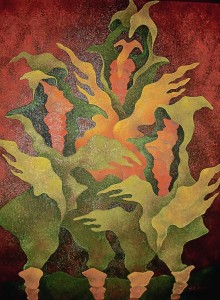
Despite being disheartened, she is still hopeful that one day in-depth focus on art will be possible with endeavors geared toward restoration and preservation and even laws.
Luis agrees that mechanisms protecting artists, collectors and purveyors should be in place.
Broad scope
For now, collecting is perhaps their way of supporting the visual arts. The scope of what they have is rather broad.
A mix of respected names and sought-after young artists are in the lot, which also includes Macario Vitalis, Ramon Estella, Fernando Zobel, Nena Saguil, Onib Olmedo, Ramon Orlina, Elmer Borlongan, Mark Justiniani, John Santos, Renato Barja Jr., Andres Barrioquinto, Michael Cacnio, Buen Calubayan, Marina Cruz, Rene Cuvos, Farley Del Rosario, Kiko Escora, Romeo Forbes Jr., PJ Jalandoni, Jon Jaylo, Winner Jumalon, Joy Mallari, Joven Mansit, Lynyrd Paras, Yasmin Sison, Rodel Tapaya, and National Artists Ang Kiukok, BenCab, Botong Francisco, Cesar Legaspi and Arturo Luz.
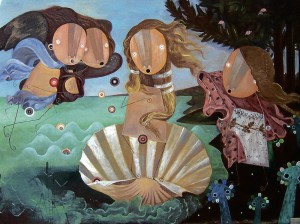
The artworks do a rigodon says Abby, as they periodically change what’s hanging and pieces can travel from home to office, to storage, and out again.
Sometimes paintings are placed in her in-laws’ house, and 2-year-old daughter Martina knows. When shown the image of a particular painting on her mom’s iPad, she says, “Bang!,” to mean that it is in the house in Alabang. Martina is learning early and has shot it right at the point—not only is she assured of heirlooms, art is in the blood.
For comments, e-mail author at majorday@gmail.com.


